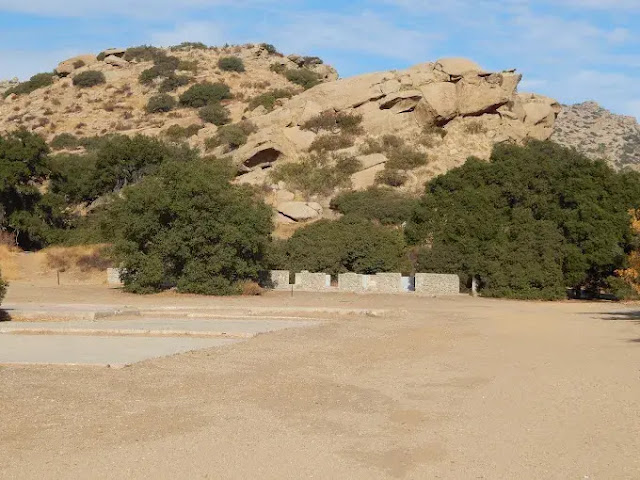Reducing utility expenses by improving energy efficiency with commercial tinting
- Get link
- X
- Other Apps
Commercial window tinting plays a crucial role in enhancing energy efficiency in buildings by significantly reducing the thermal load on HVAC systems. With advanced infrared rejection properties, these tinted films help prevent excessive heat gain inside commercial spaces, directly contributing to lower energy consumption and reduced utility costs. By blocking out a large portion of the sun’s heat, commercial tinting improves indoor temperature regulation, minimizing the need for constant air conditioning and resulting in substantial operational savings over time.
The benefits of commercial tinting extend beyond energy savings. By mitigating glare, these films create a more comfortable visual environment, reducing eye strain for employees and enhancing workplace productivity. Tinted films also offer robust protection against ultraviolet (UV) rays, which can cause significant damage to interior furnishings, floors, and other materials. The UV protection provided by commercial tinting helps preserve the appearance and integrity of these interior elements, prolonging their lifespan and reducing the need for frequent replacements or repairs. This preservation not only lowers maintenance costs but also helps maintain the aesthetic appeal of office spaces over the long term.
Moreover, commercial tinting contributes to year-round energy efficiency by improving insulation. During colder months, these films help retain internal heat, reducing the need for additional heating and ensuring a balanced, comfortable indoor climate. This dual-functionality—both heat reduction in summer and heat retention in winter—makes commercial tinting an effective solution for businesses looking to optimize their energy usage in every season.
Comprehensive energy audits often reveal the high Return on Investment (ROI) associated with commercial tinting. The energy savings achieved through reduced HVAC load and lower utility bills typically offset the initial investment in window films, making this an economically sound decision for businesses. Beyond the financial benefits, integrating tinting solutions into commercial infrastructure demonstrates a company’s commitment to sustainable practices. This not only aligns with modern energy efficiency standards but also fosters a sense of collective responsibility among employees and stakeholders, showing that the business is taking active steps to reduce its environmental impact.
Key Benefits of Commercial Tinting
The primary advantage of commercial window tinting is its ability to significantly improve energy efficiency in buildings. By using advanced solar control films, businesses can drastically reduce the amount of heat entering through windows. These films reflect and absorb solar energy, minimizing heat gain and, in turn, reducing the strain on HVAC systems. The result is lower energy usage, lower operational costs, and extended lifespans for heating and cooling systems.
Another crucial benefit is UV protection. Commercial window films can block up to 99% of harmful UV rays, which not only protects occupants from potential health risks but also preserves the quality of interior furnishings. Prolonged exposure to UV radiation can cause furniture, carpets, and other materials to fade and deteriorate over time. By preventing this damage, businesses can reduce maintenance costs and maintain the appearance of their spaces for longer periods.
Additionally, commercial tinting improves visual comfort by reducing glare, which can interfere with computer screens and cause discomfort for employees. This reduction in glare enhances the overall work environment, making it easier for employees to focus and be productive throughout the day.
From a security standpoint, specific types of commercial window films also provide additional protection. Safety and security films reinforce glass windows, making them more resistant to shattering in the event of break-ins, natural disasters, or accidents. By holding broken glass together, these films reduce the risk of injury from flying glass shards and improve the overall safety of the building.
Choosing the Right Tint
Selecting the right window tint for a commercial application requires a thorough understanding of the various types of films available and their specific functions. Solar control films are designed to reduce heat gain by reflecting solar energy, while safety and security films enhance protection by reinforcing glass strength. Decorative films, on the other hand, offer aesthetic benefits, such as added privacy or branding opportunities.
When choosing the best window film for your building, it’s essential to consider key factors like Visible Light Transmission (VLT), Solar Heat Gain Coefficient (SHGC), and Ultraviolet Rejection (UVR). VLT indicates how much visible light can pass through the film—lower VLT values reduce glare, while higher VLT values maintain more natural light. SHGC measures the amount of solar heat that passes through the window, and lower SHGC values contribute to greater energy savings. UVR measures the film’s ability to block UV rays, which is critical for protecting both occupants and interior materials.
Additionally, factors such as the building’s orientation, the local climate, and compliance with building codes must be considered when selecting the appropriate window tint. Consulting with a professional installer ensures that the selected film meets all necessary industry standards and maximizes both performance and energy savings.
In conclusion, commercial window tinting provides numerous benefits that go beyond energy savings. By reducing the thermal load on HVAC systems, these films enhance energy efficiency, lower utility bills, and extend the lifespan of critical equipment. The ability to block UV rays and reduce glare further enhances occupant comfort and preserves the quality of interior furnishings. Furthermore, safety and security films provide additional protection for commercial buildings, while decorative films offer aesthetic advantages.
Businesses that integrate commercial tinting solutions not only benefit financially but also contribute to environmental sustainability, making it a smart investment for modern energy-efficient building management. Consulting professional installers ensures proper implementation and long-term benefits, making commercial tinting a crucial component of any building’s energy conservation strategy.
- Get link
- X
- Other Apps




Comments
Post a Comment